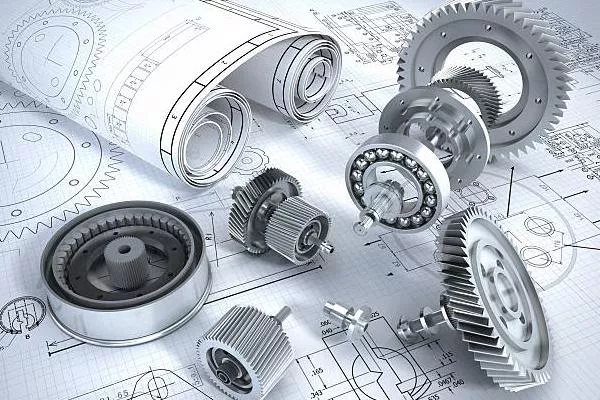The global reliance on fossil fuels, particularly in transportation, has left a profound impact on both the environment and public health. The combustion of these fuels releases vast amounts of greenhouse gases, which contribute to climate change and exacerbate respiratory diseases in communities worldwide.
However, researchers at Wuhan University have made a groundbreaking discovery that could pave the way for jet engines powered purely by electricity and air—a development that promises to significantly reduce aviation’s carbon footprint.
Breaking the Fossil Fuel Cycle
Transportation plays a central role in modern life but at a considerable environmental cost. Vehicles, planes, and industrial machinery rely heavily on fossil fuels, emitting vast quantities of pollutants into the atmosphere. The U.S. Environmental Protection Agency reports that nearly 29% of all greenhouse gas emissions come from transportation, highlighting the urgent need for cleaner, more sustainable alternatives.
In a bold step toward a cleaner future, Professor Jau Tang and his team at Wuhan University have unveiled a prototype jet engine powered by microwave-generated air plasmas. Unlike conventional engines, which burn fossil fuels to generate thrust, this engine produces thrust without emitting any harmful carbon. If developed on a larger scale, this breakthrough technology could revolutionize air travel by completely eliminating carbon emissions.
“Our goal is to tackle global warming by replacing traditional fossil fuel engines with our new design,” said Tang. “Our engine does not produce carbon emissions, which are a major contributor to the greenhouse effect and global warming.”
The Science Behind the Thrust
The key to this innovative engine lies in the use of plasma, often referred to as the fourth state of matter. Plasma consists of charged particles—ions and electrons—and can be found in natural phenomena such as the sun’s core and lightning bolts. In Tang’s engine, air is compressed and exposed to microwave energy, transforming it into a plasma that generates thrust.
This novel approach to jet propulsion not only challenges the need for fossil fuels in aviation but also offers a potential path toward more sustainable, environmentally friendly air travel in the future.

